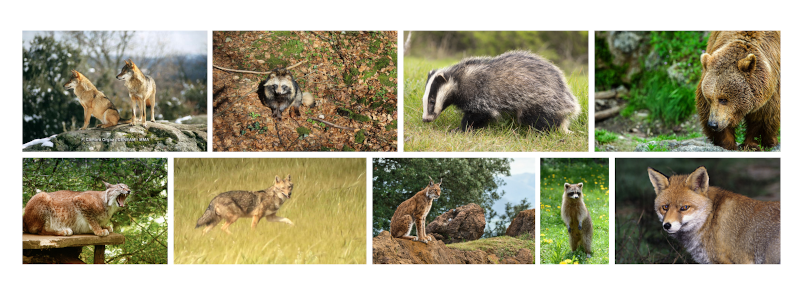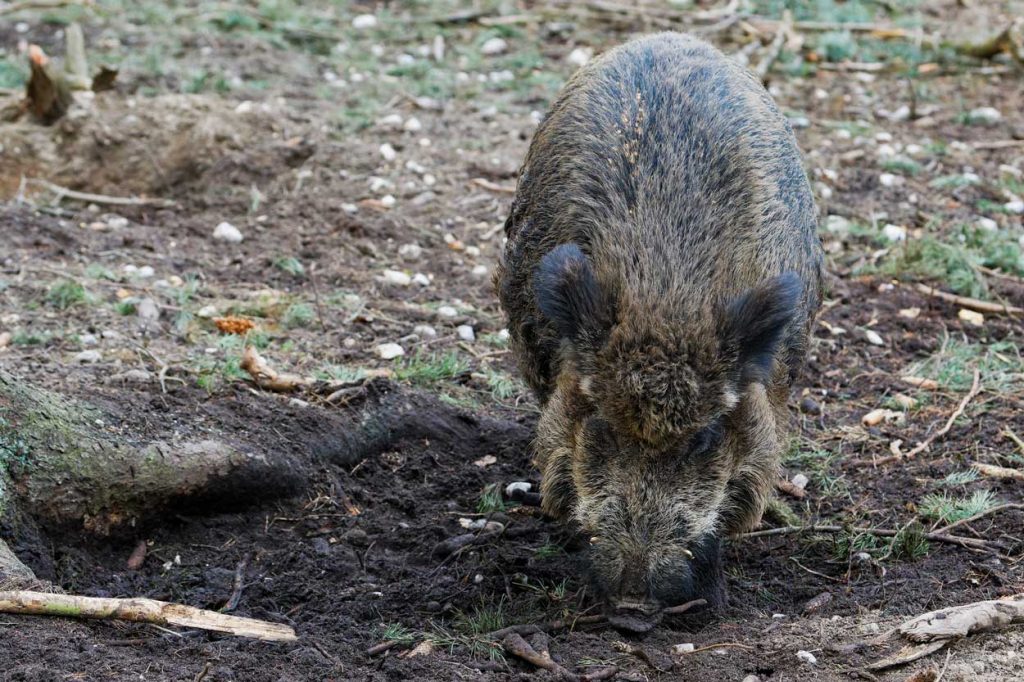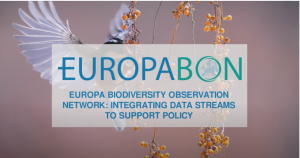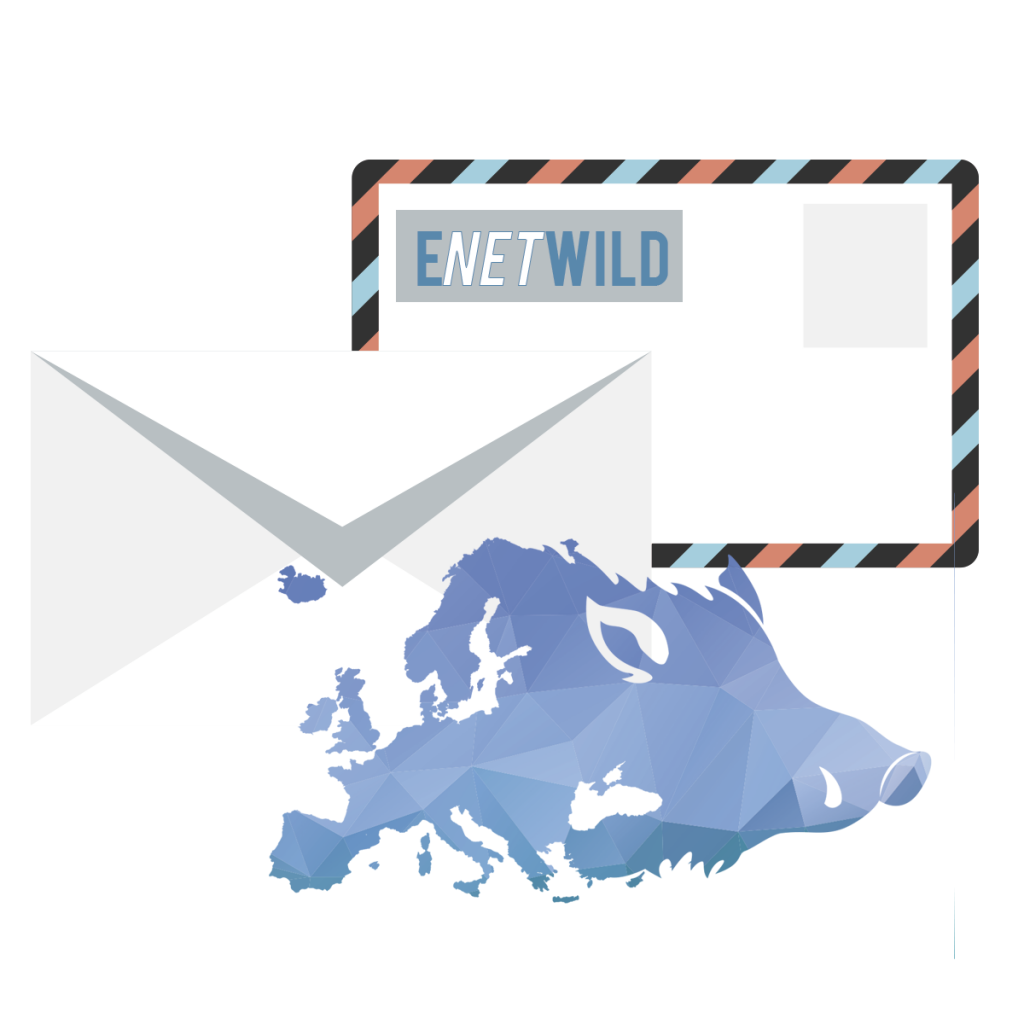A trilogy of guidelines on estimation of wild mammals population abundance and density for its application in Europe has been published by ENETWILD project funded by EFSA
These guidelines include recommendations for selecting methods to estimate abundance or density and its implementations for ungulate, carnivore and wild boar populations are provided. Methods for generating a harmonised and comparable database on a large scale, as well as for calibrating hunting data into indices of abundance or population density, are also discussed.
Their application will increase the quality of estimations by different methods recognised as reliable (good accuracy and precision) and with the possibility of being used for validation and calibration of other methods directly (i.e. based on observation of the animals) or indirectly (i.e. based on signs of animal activity)
Wild boar

The aim of this guidance is to assess the accuracy and reliability of the methods for estimation of density (i.e. population size per area unit) and relative abundance (i.e. relative representation of wild boar and to provide indications for calculating reliable and accurate estimates of those parameters using comparable methods. For this purpose eighteen methods were reviewed and evaluated. Three methods (camera trapping, drive counts, and distance sampling with thermography) were recommended to estimate wild boar density on a local scale, and guidelines for their implementation was provided. On a large spatial scale and to describe long‐term trends, high quality hunting data statistics (collected on a fine spatial scale) have the highest availability and potential comparability potential across Europe, and these can be used in predictive spatial modelling of wild boar relative abundance and density.
Guidance on estimation of wild boar population abundance and density: methods, challenges, possibilities
Ruminants

Eighteen methods used in nineteen wild ruminant species widely distributed across Europe are recommended.
High‐quality hunting data statistics (collected at fine spatial resolution) have the highest availability and comparability potential across Europe, to give long‐term and large‐scale trends and should be used in predictive spatial modelling of wild ruminant relative abundance and density. Therefore, their standardized and harmonised collection is strongly recommended.
On a local scale (e.g. management units), camera trapping is a method that can be conducted in different environmental conditions and at any time to collect robust data.
In open areas, where camera trapping may require an excessive effort, we suggest using methods involving the direct detection of animals (vantage points, linear transects, block counts, random points). This should be carried out by correctly defining the study areas (for instance by means of distance sampling) and by estimating the repeatability of the results.
Guidance on estimation of abundance and density data of wild ruminant population: methods, challenges, possibilities
Carnivores

This document, focused on medium to big size wild carnivores, is the third in the trilogy after the guidances for “wild boar” and “wild ruminants”.
This guidance deals with medium to large terrestrial European carnivores, and evaluates the methods used in species widely distributed across Europe and/or representing relevant sanitary concerns: red fox (Vulpes vulpes), wolf (Canis lupus), golden jackal (Canis aureus), brown bear (Ursus arctos), European badger (Meles meles), Eurasian lynx (Lynx lynx), Iberian lynx (Lynx pardinus), Northern raccoon (Procyon lotor), raccoon dog (Nyctereutes procyonoides).






